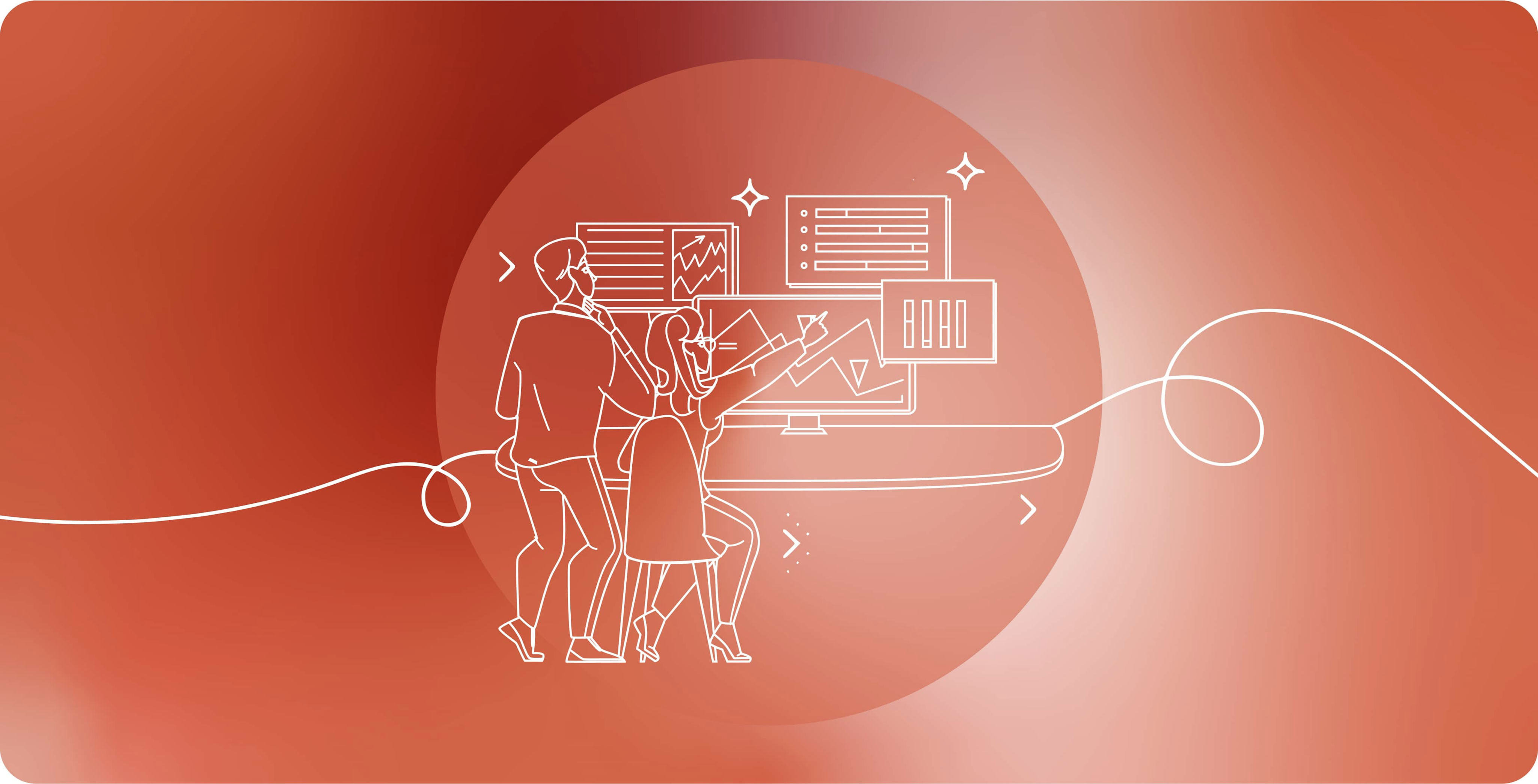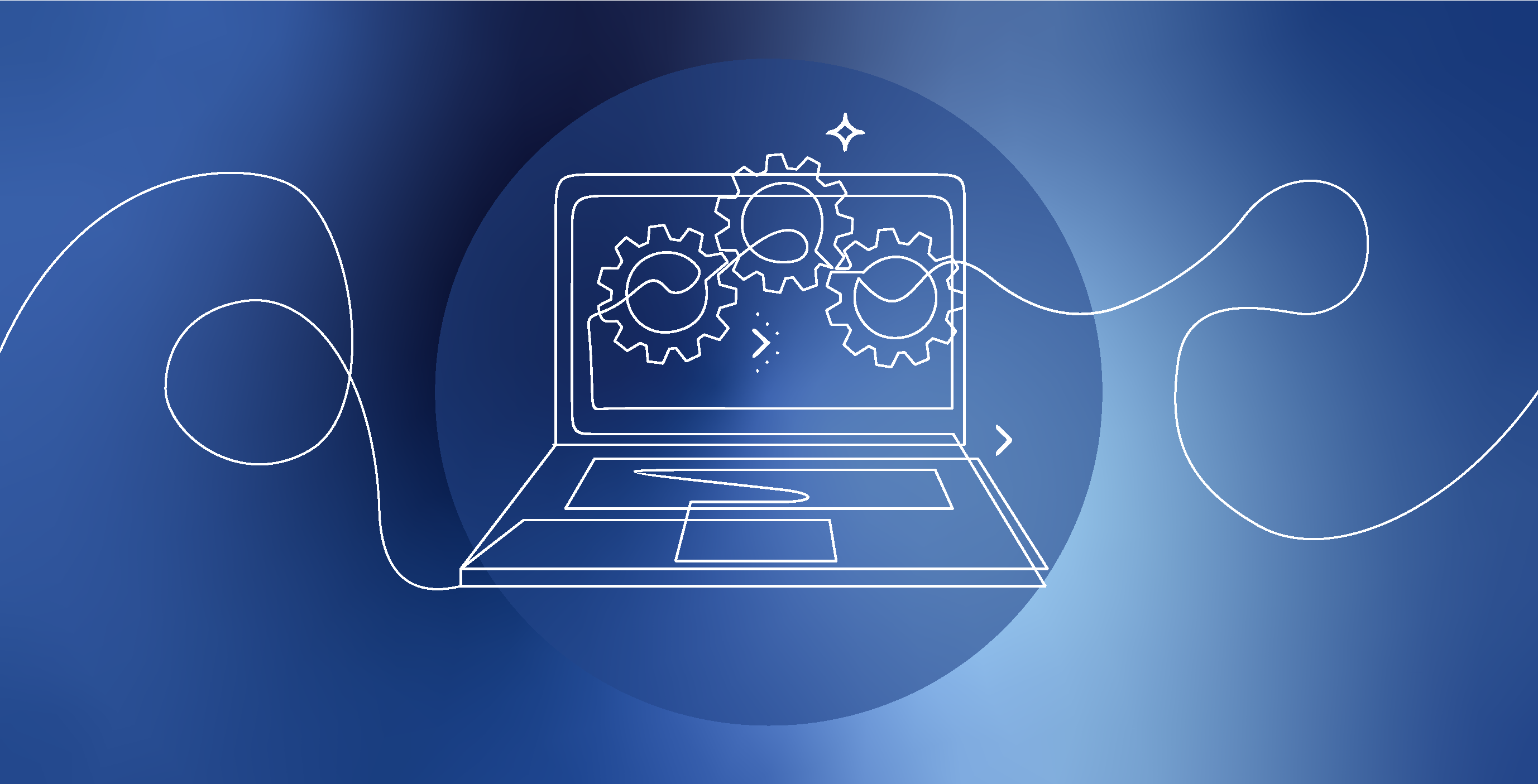Salesforce Pro Merge Strategy: Field Notes from Real Org Merges

Partner with Altimetrik for a Seamless Salesforce Org Merge
Merging Salesforce orgs isn’t just about moving “Org A into Org B.” It’s about creating a single, well-governed platform that people want to use without disrupting the business along the way.
At Altimetrik, we’ve supported multiple enterprise-scale org merges. What we’ve learned is simple: the difference between success and failure lies in planning, adoption, and treating identity and integration as first-class priorities. Below, we break down the approach we use in production, the common pitfalls to avoid, and how diagnostic platform accelerates every stage of the journey.
What Drives a Salesforce Org Merge — and Why It Matters
Organizations rarely set out to merge Salesforce environments just for the sake of it. There’s usually a clear business trigger:
- Post-acquisition consolidation – When companies acquire or merge, they inherit multiple CRMs. Unifying them under one Salesforce org reduces duplication, simplifies governance, and accelerates value capture.
- Brand/region unification – Global enterprises often run different orgs by geography or line of business. A single org brings consistency, standardized processes, and centralized control.
- Single 360° view – Perhaps the most common driver: businesses want a complete, reliable view of customers across all products and services to unlock cross-sell, upsell, and better customer experiences.
Business Benefits of a Salesforce Org Merge
Done right, an org merge isn’t just a technical exercise; it unlocks tangible business benefits:
- 360° customer/party view – Unified profiles, relationships, and interaction history ensure sales, service, and risk teams are working from the same truth.
- Simplified onboarding – New hires learn faster with a single console, unified processes, and standardized layouts cutting ramp time and retraining costs.
- Improved data quality – Centralized models with survivorship rules and validation boost accuracy and trust in the system.
- Lower maintenance costs – By retiring duplicate orgs, licenses, and tools, organizations reduce integration overhead, simplify governance, and cut tech debt.
- Stronger platform performance & scalability — With a cleaned, consolidated org you reduce unnecessary automation, simplify sharing rules, and improve runtime stability.
Three Merge Approaches
Every org merge falls into one of three patterns. Choosing the right one depends on priorities like speed, sustainability, and scale:
- Rapid Consolidation (“Lift & Shift”)
- The quickest path: move the retiring org as-is into the surviving org. Time-to-cutover is minimized, but you inherit duplicate fields, technical debt, and long-term complexity. This approach makes sense when speed is paramount—such as post-acquisition compliance deadlines.
- Optimized Consolidation (Recommended)
- The most balanced and sustainable path. While merging, you also standardize processes, retire redundant objects and automation, and resolve performance hotspots. This avoids the pitfalls of a lift-and-shift while ensuring lower long-term maintenance and a stronger platform for growth.
- Greenfield Rebuild
- Building an entirely new org from scratch and migrating both legacy orgs into it. While this looks appealing on paper, it’s typically the slowest and riskiest approach, with heavy re-platforming effort (integrations, compliance, historical data). It’s best reserved for orgs that are truly beyond repair.
The Org Merge Playbook
To de-risk and streamline the journey, we break the merge process into three clear phases:
1. Pre-Merge Assessment & Planning
a. Define Objectives, Guardrails & Scope
- Align stakeholders on what “success” looks like: unified reporting, license rationalization, faster release cycles, compliance, or improved performance.
- Set non-negotiables: e.g. zero data loss, SLA for downtime, data residency, security constraints.
- Use an “org merge charter” or “governance manifesto” to anchor decisions going forward.
b. Inventory & Catalog Everything
- List all metadata: objects, fields, page layouts, record types, validation rules, processes, flows, triggers, Apex classes, sharing rules, permission sets, etc.
- Catalog data volumes for each object, record ownership patterns, and key relationships.
- Mark every asset with a status: Keep, Rebuild, Retire/Archive.
- Identify overlapping or conflicting record types, picklist values, field names, API versions, field dependencies.
c. Deep Data & Metadata Analysis
- Decide “system of record” per domain (e.g. account, contact, opportunity) and set clear survivorship / merging rules.
- Standardize and normalize picklist values, field types, and naming conventions.
- Develop deduplication logic (fuzzy matching, merging rules).
- Measure performance baselines for key operations (e.g. list views, reports, record detail load times, automation execution).
- Flag metadata hot spots (e.g. massive triggers, recursive flows, inefficient SOQL logic).
d. Map Integrations, APIs & Dependencies
- Document upstream and downstream data flows: ETL jobs, APIs, middleware, event bus, CDC, CTI, e-signature, external apps.
- Identify contract boundaries: source systems vs Salesforce, directionality of integration, triggers, and dependencies.
- Plan to migrate or replace integrations to versioned APIs or event-driven, idempotent endpoints where possible to ease cutover complexity.
e. Roadmap, Schedule & Risk Register
- Define waves or phases, dry runs, code freeze windows, rollback plans, and reconciliation steps.
- Create alignment docs (e.g. data reconciliation dashboards, cutover playbooks).
- Build adoption plan: training, champions, hyper-care, adoption scorecards.
- Maintain a live risk register and mitigation plan.
2. Merge Execution
a. Data Migration Factory
- Structure the pipeline: extract → cleanse → dedupe → map → load → reconcile.
- Run multiple dry runs in sandbox environments, each with validation sign-off.
- Reconcile counts, ownership, relationships, and key fields.
- Maintain an audit trail and ability to rollback individual batches if needed.
b. Deploy Metadata, Config & Automation
- Align page layouts, record types, permission sets, profiles, sharing rules.
- Simplify automation: consolidate flows, process builders, workflows. Use Apex sparingly for exceptions.
- Address API version mismatches, duplicate triggers, and automation conflicts.
- Use CI/CD pipelines and version control to manage merges and conflict resolution.
c. Standardize Business Processes
- Harmonize common flows like lead → opportunity, case escalation, approval models.
- Use role-based Lightning apps, guided flows, in-app help, and process guidance to enforce consistent behavior.
- Migrate or retire process variants intelligently; keep edge cases via branching logic.
d. Integration Cutover in Waves
- Migrate integrations in controlled waves. Use feature toggles or flags, if possible, to switch behaviour.
- Favor idempotent, contract-first APIs and event-driven architecture to reduce cutover friction.
- Always maintain rollback steps and avoid end-of-pipeline “big bang” when possible.
e. Cutover & Go-Live
- Choose a low-activity window.
- Freeze changes in source orgs.
- Run final reconciliation passes.
- Monitor health, logs, error queues, and alerting during the early hours.
3. Post-Merge & Ongoing Support
a. Training, Change Management & Adoption
- Launch role-based training, quick reference guides, video tutorials, office hours, and a staffed hyper-care channel.
- Track usage metrics: DAU, WAU, login rate, feature adoption.
- Use “adoption scorecards” and dashboards to report to stakeholders.
b. Validation, Reconciliation & Testing
- Run regression testing, performance benchmarking, integration tests, data reconciliation checks.
- Share post-mortem dashboards with stakeholders showing before vs after.
- Monitor for “stale” metadata: unused fields, obsolete processes, redundant automation.
c. Monitoring, Optimization & Ongoing Governance
- Create a governance committee to periodically review org health.
- Track key KPIs: duplicate record rates, error rates, performance metrics, adoption.
- Enforce regular housekeeping: retire unused metadata, archive old data, tune sharing rules, prune triggers and flows.
- Strengthen CI/CD, static code analysis, automated testing, and quality gates.
Accelerating the Salesforce Org Merge Journey with Intelligent Diagnostics
Traditional org merges can take weeks—or even months—just to complete discovery and inventory. With the right diagnostic and automation tools, that changes dramatically:
- Day-1 Side-by-Side Blueprint - Generate an immediate comparison of metadata, data usage, processes, package usage, automation, and complexity so teams don’t waste weeks digging manually.
- Automated Metadata Audits - Identify redundant or obsolete metadata, conflicting automation, risky permission sets, unused fields, installed packages, and other “noise” automatically.
- Security & Privacy (Metadata-Only, No Transactional Data) - Metadata-only analysis ensures no transactional data is collected. It analyses metadata (config, code) and counts records, then discards the metadata copy.
- Prioritized Action Plans & Insights – Scans produces prioritized recommendations based on severity and effort, helping teams focus on high-impact items first.
- Process Mining & API Usage Insights - Gain visibility into how teams use processes (variances, bottlenecks) and which APIs or automations are heavily used. This helps design the target flow and cutover path.
- Comparative Org Health & Monitoring - Post-merge, ongoing monitoring highlights drift, gauges technical debt, and supports long-term governance.
By embedding automation and diagnostics into the merge process, many of the laborious “discovery” tasks become automated, visibility increases, and risk reduces.
Why This Approach Works
A Salesforce org merge is not just a migration; it’s an opportunity to redesign how your teams, processes, and data operate together. Success comes when identity, integration contracts, and adoption are built into the core of the strategy, not left as afterthoughts.
Our structured approach keeps the journey grounded, measurable, and safe while advanced diagnostic tool gives you the x-ray vision to plan with facts, not assumptions.
Partnering for a Seamless Merge
At Altimetrik, we partner with enterprises to:
- Assess the current Salesforce landscape and challenges.
- Align on systems of record and identity strategy.
- Design a phased, de-risked merge plan.
- Accelerate execution using Intelligent Diagnostics.
The result: reduced risk, faster time-to-value, and a Salesforce platform ready to scale.
Considering an org merge? Let’s talk. We’d be glad to walk you through the key considerations and the next steps tailored to your business.
.svg)




.svg)